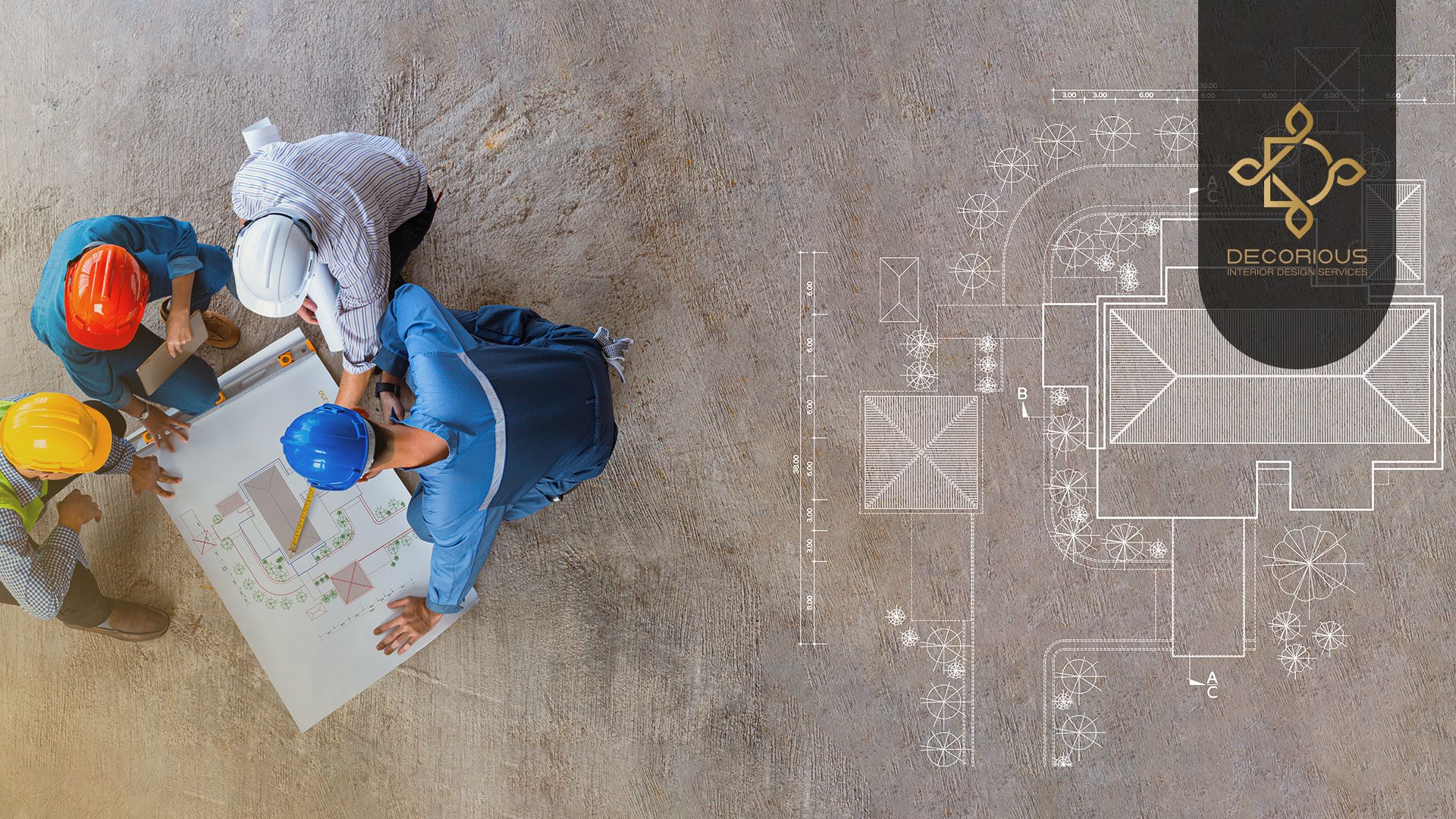Constructing Visions: The Meeting Point of Building and Beauty
In society, the connection between construction and interior design has grown into a dynamic collaboration where beauty meet practicality. As homeowners strive to realize their visions to life, grasping the current developments, methods, and details becomes crucial. Whether you are renovating a space or creating from the start, the options you make can greatly influence both the atmosphere and value of your residence.
From the blending of intelligent tech to green building practices, the options available can feel overwhelming. But, by concentrating on key elements such as the impact of color, mixing textures, and keeping a cohesive style between areas, you can transform any area into a manifestation of your distinctive taste. Join us as we delve into the best interior design movements to observe this year, practical tips for organizing renovations, and innovative ideas that will raise your space to greater levels.
Key Interior Design Trends
This year, interior design is incorporating a blend of comfort and functionality, with a notable focus on clean aesthetics. Straight edges and spacious layouts continue to prevail, permitting homeowners to create peaceful environments that promote relaxation. The use of versatile furnishings that optimizes space is becoming progressively popular, especially in city environments where square footage is at a premium.
Eco-friendly design practices are also on the rise, with eco-friendly materials becoming a staple in modern interiors. Clients are more mindful than ever about their impact on the environment, prompting designers to integrate recycled wood, recycled metals, and eco-friendly paints in their projects. This trend is not only beneficial for the planet but also introduces unique character to spaces, making each home feel unique.
The study of color plays a crucial role in the 2023 design landscape, influencing mood and ambiance within the home. Soft, earthy tones are in vogue, creating a calming atmosphere, while vibrant colors like dark blue and emerald greens add dramatic flair to specific rooms. As homeowners seek to express personal style through color, they are finding ways to harmonize their color selections with furniture and decor, ensuring a consistent aesthetic throughout their spaces.
Construction and Home Improvement Advice
Starting a home improvement project can be both invigorating and daunting. Grasping what to expect during such a journey is essential for homeowners. From preliminary design meetings to the final walkthrough, knowing the steps involved can considerably reduce stress. Effective communication with builders and employing a detailed roadmap can foster a less complicated process, guaranteeing that unexpected issues are kept to a minimum and the end product aligns with your goals.
Planning a renovation that stays on cost is a common challenge many encounter. It's essential to set a practical financial plan upfront, taking into consideration potential overruns that could arise from unforeseen problems. Consulting a knowledgeable general contractor can help in creating a comprehensive financial strategy that encompasses all elements of the renovation. By prioritizing your must-haves and being willing to make adjustments, you can achieve a gorgeous transformation without overspending.
Renovation errors can disrupt even the best decor plans. Whether it's structural changes that affect harmony or selections of materials that do not harmonize with the overall aesthetic, the right expertise is essential. Allocating resources in skilled experts who understand both building and aesthetics can help prevent pitfalls, ensuring that the concept for your space is realized effectively. Attention to detail during the construction phase can lead to a pleasing blend of practicality and beauty in your living space.
Green and Smart Design Approaches
Adopting sustainable design practices in building and interior design not only aids the environment but also enhances the aesthetic appeal of a home. Utilizing eco-friendly materials, such as reclaimed wood or recycled metal, can imbue spaces with character while reducing the carbon footprint. Designers are more embracing these materials to create cozy, welcoming interiors that match modern sustainability objectives. Furthermore, including plants and biophilic design features helps to improve air quality and link residents to nature, fostering a sense of well-being.
Smart technology is revolutionizing the way we create and engage with our living spaces. From energy-efficient lighting to smart thermostats, these innovations not only promote sustainability but also simplify daily living. When planning reference , think about including smart systems that can improve energy efficiency, such as automated window shading or smart irrigation systems for gardens. These technologies create a smooth blend of comfort and practicality, catering to the needs of the modern homeowner while decreasing energy consumption.
Incorporating sustainable methods into construction also involves careful planning and execution to optimize energy efficiency throughout the lifecycle of a building. This includes adequate insulation and energy-efficient window designs that can significantly lower heating and cooling costs. By making informed decisions early in the construction process, such as selecting energy-efficient appliances and fixtures, homeowners can experience long-term savings and a reduced environmental impact. This commitment to sustainability not only enhances the appearance of a home but also establishes it as a forward-thinking space within its community.
